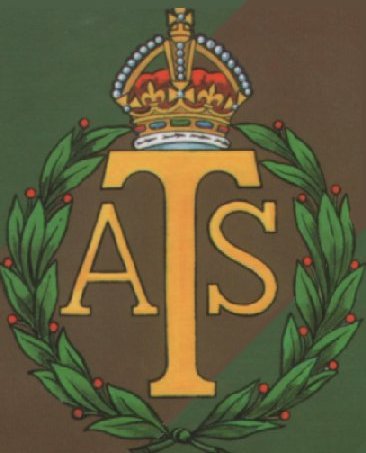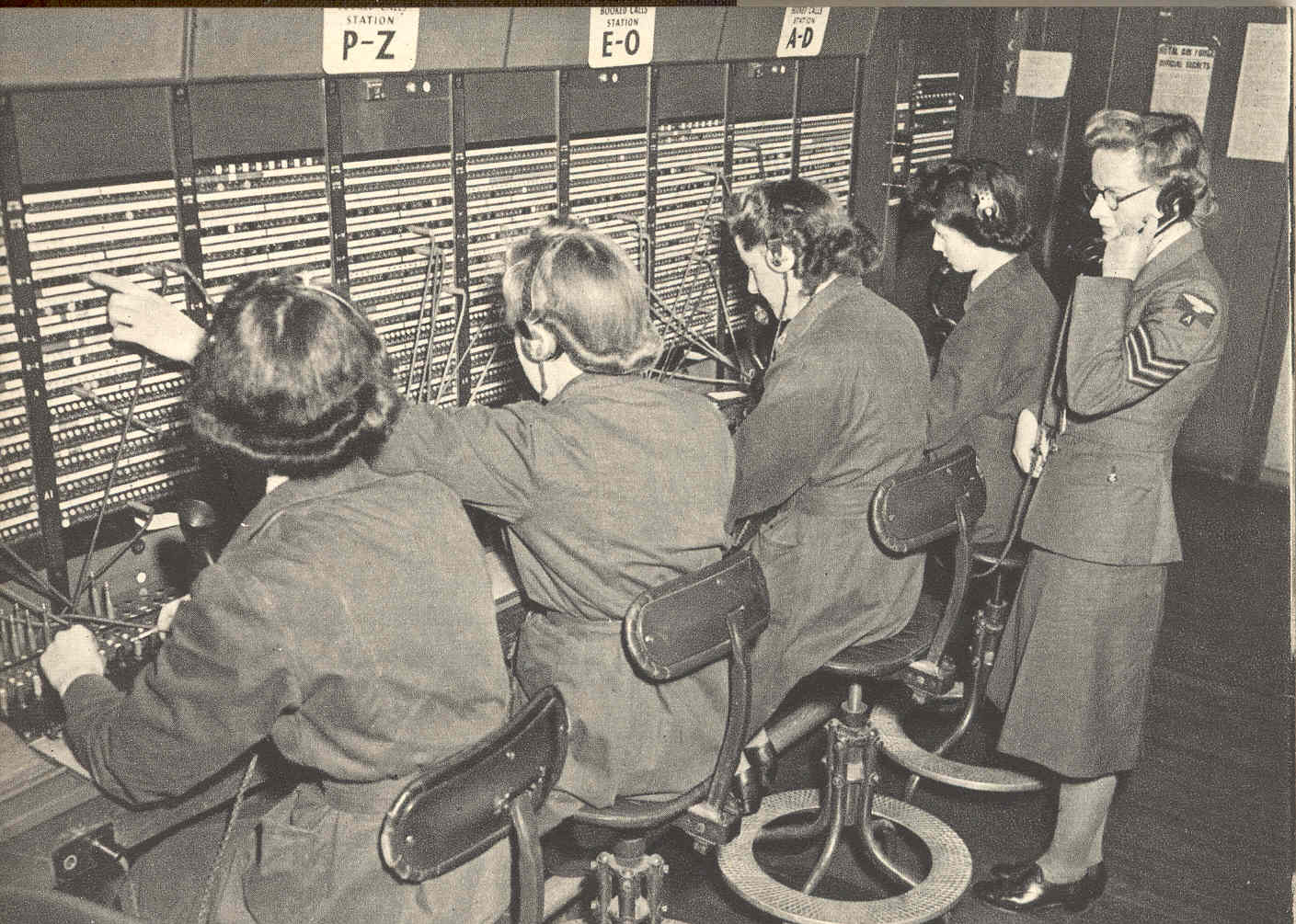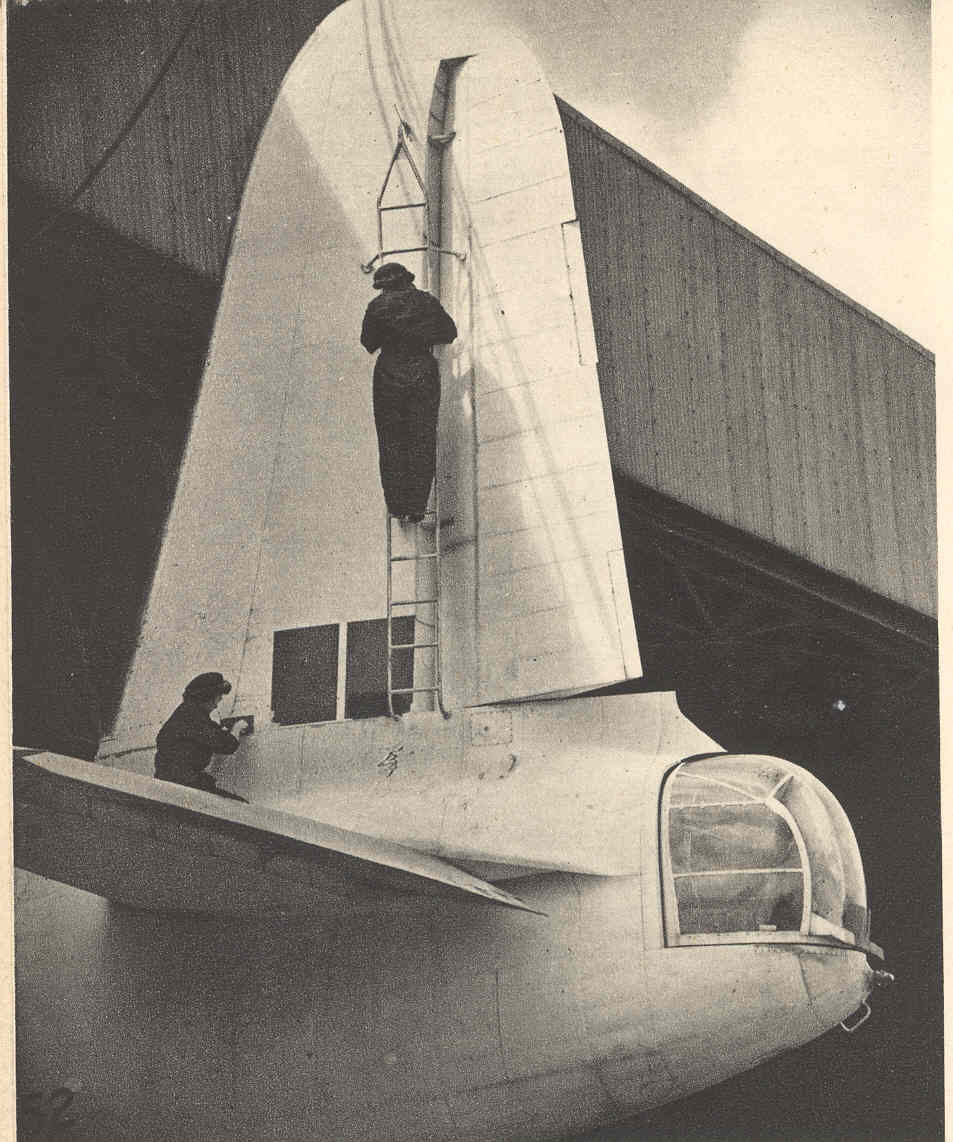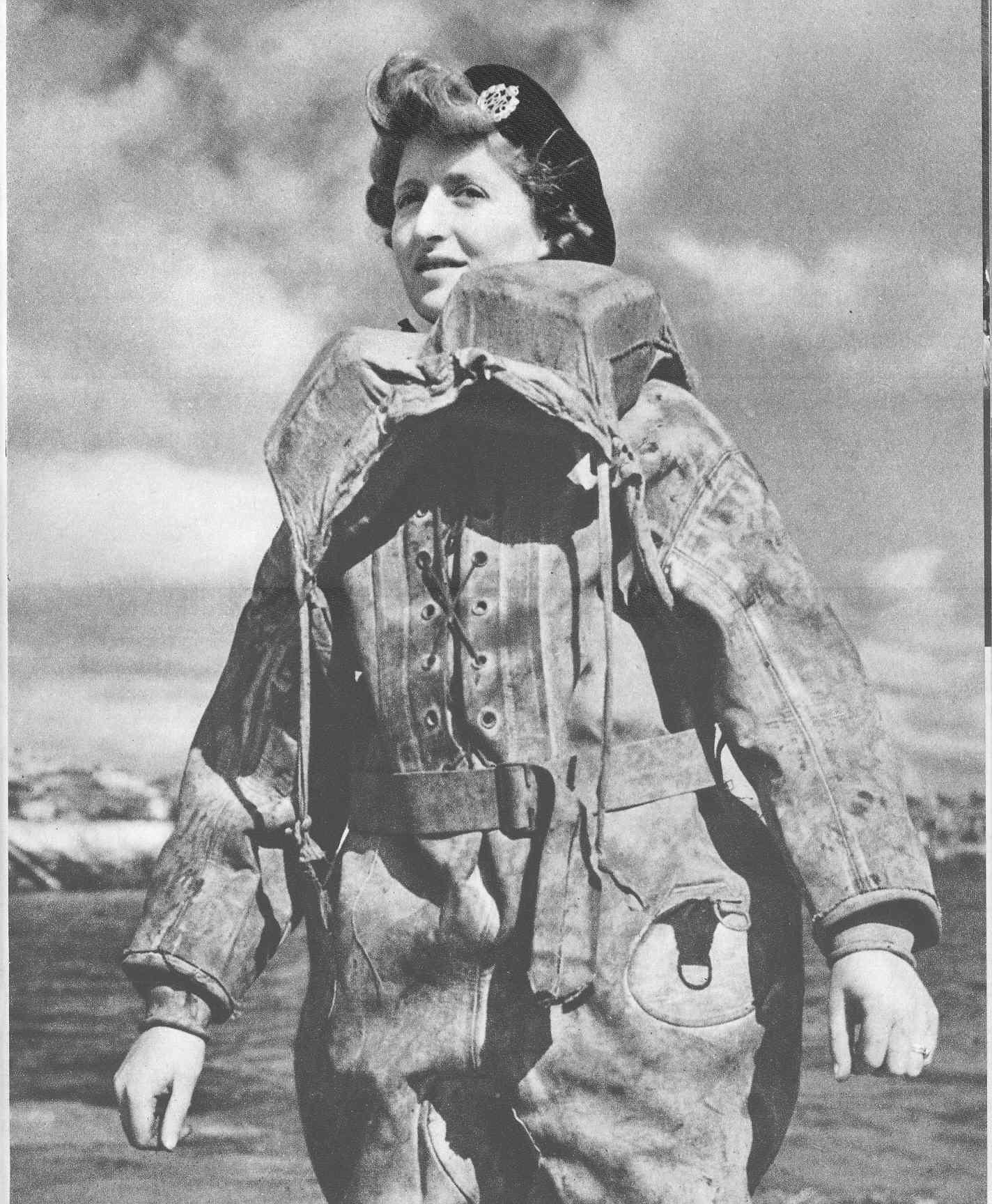






![]()

 |
 |
 |
 |
 |
||||||
|
|
||||||||||
 |
Women
in the War
|
 |
||||||||
| |
This web presentation looks at the role of women during the war; the jobs and various tasks they undertook to help the war effort. With much of the male population called up to fight in Europe it was imperative that women joined in and took over the jobs the men had left behind, or were unable to do, in Britain. Use the link below to navigate your way through this presentation and discover, through the experiences of women who were involved in technological jobs during the war, what they did and how important their roles really were. " Conscription of women was introduced in December 1941, though it was to play a very minor role in the changes in women's employment during the war. Married women not living apart from their husbands were wholly exempt, as were women with children under 14 years of age. Of those not thus exempt only women of the age group 19 to 24 were in practice called-up, whereupon they had the choice between serving in the auxiliary services (in which they would not be called upon to handle lethal weapons unless they signified willingness to do so in writing) civil defence or certain specified forms of civilian employment. At the end of the war there were rather fewer than half a million women enrolled in the WRNS, the ATS and the WAAF, and the larger proportion of these were volunteers, not conscripts. In many cases, the women who did go into military uniforms found themselves doing exactly the same sorts of tasks as they would have been doing in peacetime: cooking meals, or, at best, doing clerical work. Some women, it is true, had responsible roles to play in RAF control towers, and in anti-aircraft batteries; they also took on a range of other technological jobs." (Marwick, A. 1976., The Home Front: The British and The Second World War., London., Thames and Hudson.) And it is those technological jobs that Women in the War identifies. Click here to find out more.... This web presentation was created by Laura Ellis. The interviews and much of the research was carried out by Debbie Perry. |